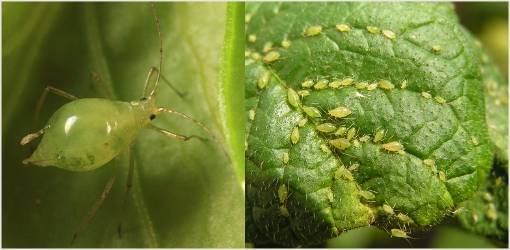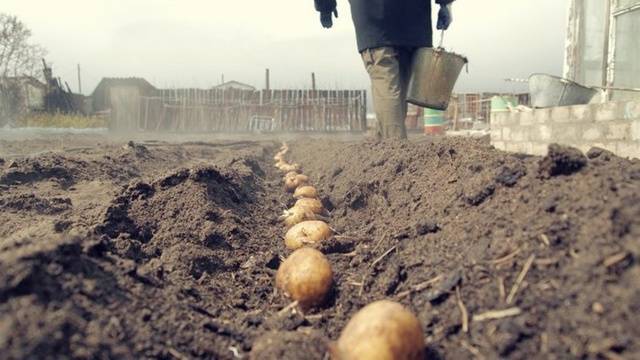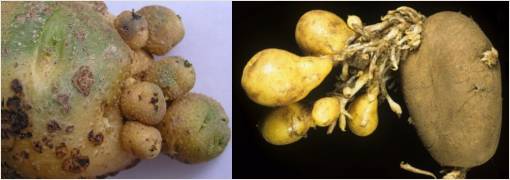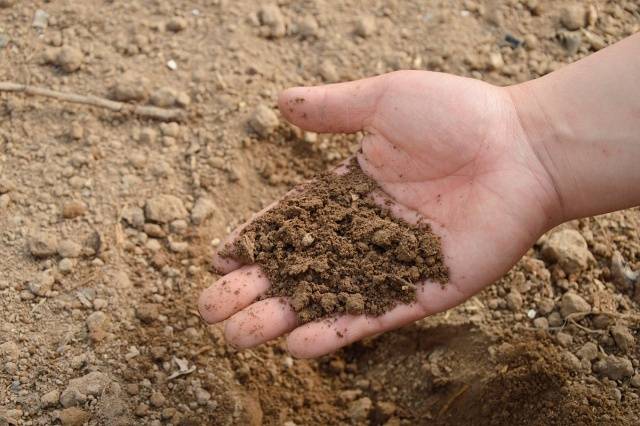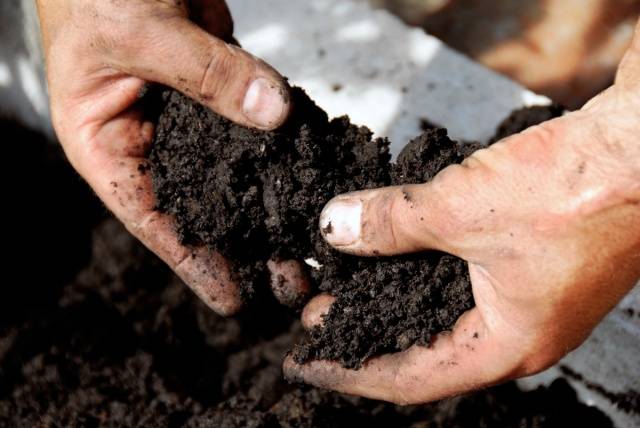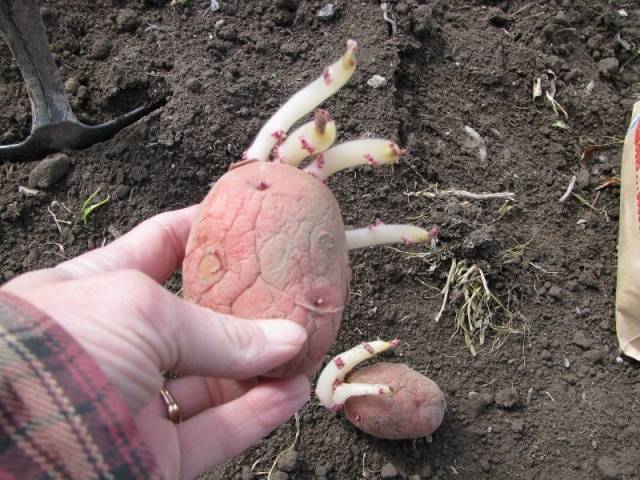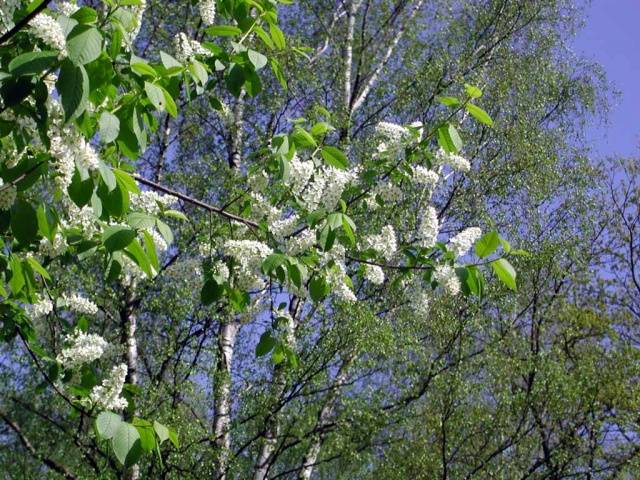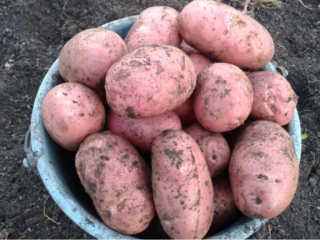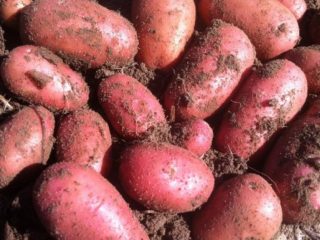Content
Potatoes are a crop without which it is impossible to imagine the menu of a modern family. And it is not by chance that it is called “second bread”. Indeed, on occasion, potato dishes can really replace bread, especially since one can only be surprised at their diversity. It’s quite possible to eat potato dishes at least every day, and you won’t get tired of them soon. Therefore, it is not surprising that every family, if possible, tries to grow this vegetable on its own in order to be absolutely sure of the quality of the resulting product. But in order to grow a good potato crop, it is necessary to take into account many factors.
One of the important factors is the choice of a suitable period landings potatoes. After all, there are no exact dates, and every year everyone decides for themselves exactly when it is best to plant this crop. In this case, the temperature of the soil for planting potatoes plays an important role. At least, many are accustomed to focusing on this factor, although there are still many subtleties in determining the timing of planting.
What Science Says
It is well known that the timing of potato planting has a significant impact on its yield, as well as the quality of ripening tubers. Why does everyone strive to plant potatoes as early as possible? There are several reasons for this:
- When planting potatoes early, the harvest will also be quite early, and who doesn’t want to enjoy young potatoes as quickly as possible.
- According to scientific data, the earlier potatoes are planted, the more protected they will be from the spread of various viruses. After all, with early planting, by the time the active summer of aphids, carriers of various diseases, begins, potatoes have time to achieve age-related resistance to many diseases. As a result, he will suffer less from them.
- Finally, the earlier potatoes are planted, the greater the harvest they produce. The table below shows the relationship between the timing of potato planting and yield for the northwestern region of Russia.
Potato planting dates | Yield as a percentage of planted |
|---|---|
Until May 15 | 1500% |
From 15 to 25 May | 1000% |
From May 26 to June 10 | 600% |
From June 11 to June 25 | 400-500% |
The yield here is determined as follows - if you planted a bucket of potatoes and harvested the same bucket, then the yield is 100% (that is, nothing). If you planted a bucket and collected two buckets, then the yield is 200%. A yield of approximately 600% is considered normal.
For other regions, the timing will, of course, be different. The table is presented solely to illustrate the fact that the best potato yields are directly related to the earliest possible planting.
But this is a double-edged sword. After all, on the other hand, no one will plant potatoes in frozen ground either; this is completely pointless. So, when thinking about the timing of planting potatoes, you need to consider:
- Weather;
- Condition of the soil, its temperature and warming;
- Physiological state of tubers.
Weather
Weather conditions are the most difficult to calculate in advance. They are often so unpredictable that they can disrupt any carefully laid plans. However, approximately a week or two before the expected planting date, you need to find out the weather forecast and adjust specific days according to it. Since it is unlikely that anyone will plant potatoes in heavy rain or immediately after it ends, when the ground is continuous impenetrable liquid mud.
Soil condition
Soil condition refers to two factors simultaneously: temperature and humidity. In addition, the mechanical composition of the soil you are dealing with in a particular case determines how quickly it is able to reach the desired temperature or humidity.
What should be the minimum soil temperature for planting potatoes in the spring? According to scientific data, it makes sense to plant potatoes only when the soil temperature at a depth of 10-12 cm is +7°+8°C.
What is this connected with? The fact is that it is precisely from a temperature of +7° that the active work of potato roots begins. At lower temperatures, especially in combination with high humidity, potatoes have a good chance of simply rotting in the ground. Or another option is possible: next to the planted “mother” tuber, tiny nodules without buds are formed that do not have the ability to germinate - this is called tuber sprouting.
The fact is that potato sprouts survive from a temperature of +3°C and begin to develop slowly. But they most likely won’t be able to withstand subzero temperatures. Therefore, if it is cold at the time of planting, but warming is promised in the coming days, then you can take a risk and plant already germinated tubers so that they gradually begin to grow.
The second factor, which is even more important when choosing when to plant potatoes, is soil moisture. The fact is that planting at an acceptable temperature of +7°C, but in too wet soil, can quite easily lead to infection of the tubers with various bacterial infections and rhizoctonia.
How to determine this without the appropriate measuring instruments, which are not always available to any summer resident or gardener? There is a fairly simple folk way to determine what soil moisture is. True, it only works for fairly heavy loamy soils, but sandy and sandy loam soils are not so bad in terms of moisture. Take a handful of earth and squeeze it well in your fist. And then, stretching your arm out in front of you at waist level, throw the lump onto the path.
Here we should once again mention the mechanical composition of the soil, because it determines how quickly the soil will warm up and dry out.All garden soils are divided according to their mechanical composition into:
- Light – sandy and sandy loam;
- Medium – light and medium loam;
- Heavy – heavy loam and clay.
The lighter the mechanical composition, the faster the soil warms up in the spring, and the earlier potatoes can be planted in it. And the faster it dries, so you don’t have to worry about increased soil moisture, even after long heavy rains. In a couple of days everything may dry out.
It is for this reason that you should not delay planting potatoes on light soils. After all, in soil that is too dry, potato tubers will not be able to develop well. They may require additional watering.
Accordingly, on the contrary, the heavier the mechanical composition of the soil, the slower its warming up in the spring and the more moisture it contains. Only because of this reason, the timing of planting potatoes in the same region may differ by one or even two weeks!
Physiological state of tubers
Potato tubers can be used for planting both in their normal state and sprouted. Sprouts can be of varying lengths, although tubers with thick, strong sprouts no longer than a few centimeters are usually used for planting. It has already been mentioned that sprouted potatoes It is beneficial to use for planting, not only because it germinates faster. Sprouted potatoes can be planted in colder soil than usual, with minimal consequences for them. The minimum temperature for planting sprouted potatoes is about +3°C, but it is better to plant at +5°+6°C.
Traditional methods for determining when to plant potatoes
So, it turned out that you need to plant potatoes, on the one hand, the sooner the better. On the other hand, it is necessary that the temperature of the soil in which the potatoes will be planted should not be lower than +7°+8°C.
And not on the surface, but at a depth of 10-12 cm. It is difficult to imagine a gardener or summer resident wandering around a future potato field with a thermometer in his hands and measuring the soil temperature at such a depth.
It is much easier to remember and use the ancient folk method of determining the readiness of the land for planting potatoes.
There are other popular ways to determine planting dates. Observe the surrounding trees - after all, their roots go deep underground and they probably know the temperature in the soil well. You can often find indications of birch trees blooming foliage, as well as bird cherry blossoms.But the fact is that bird cherry blossoms approximately 10 days after the leaves begin to bloom on the birch tree. It follows from this that the period associated with the blossoming of leaves on a birch tree is the earliest time for planting potatoes. And the flowering of bird cherry indicates the time when it no longer makes sense to delay planting any further; it is necessary to act without delay.
Additional factors
What else can you consider if all the above methods do not satisfy you? Until now, we have been talking about the minimum soil temperature at which it becomes suitable for planting potatoes. But if you are one of those people who don’t like to rush and do everything thoroughly, then you can wait for significant warming and plant potatoes with a full guarantee that they will not freeze. The optimal soil temperature for planting potatoes is from +12°C to +15°C. By the way, this approximately corresponds to the ambient temperature of about +16°+20°C. However, you should keep in mind that if your soil is light, then when planting later, problems with its moisture may arise. The rest has already been mentioned above in the article.
Conclusion
Decide for yourself, determine the terms that are most suitable for your region and specific plot of land. The information provided in this article should help you make the best decision.

